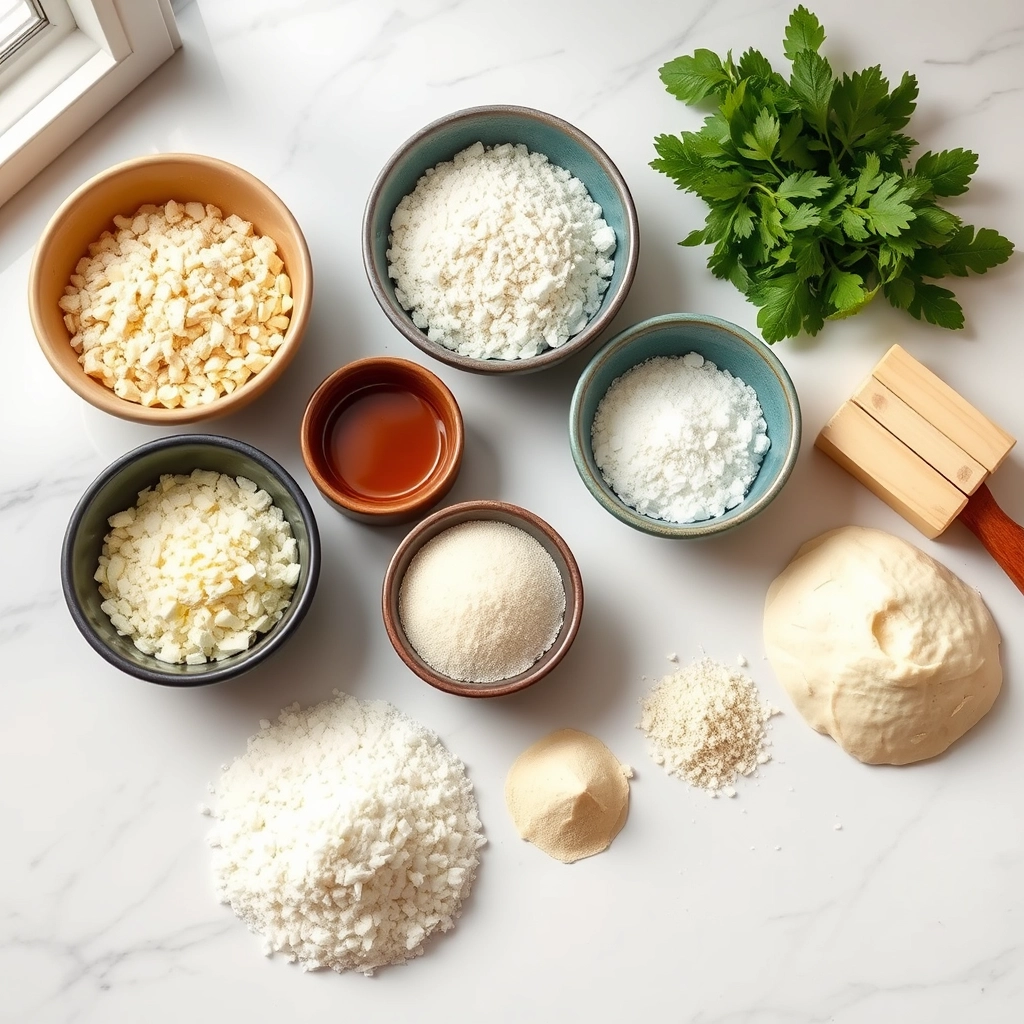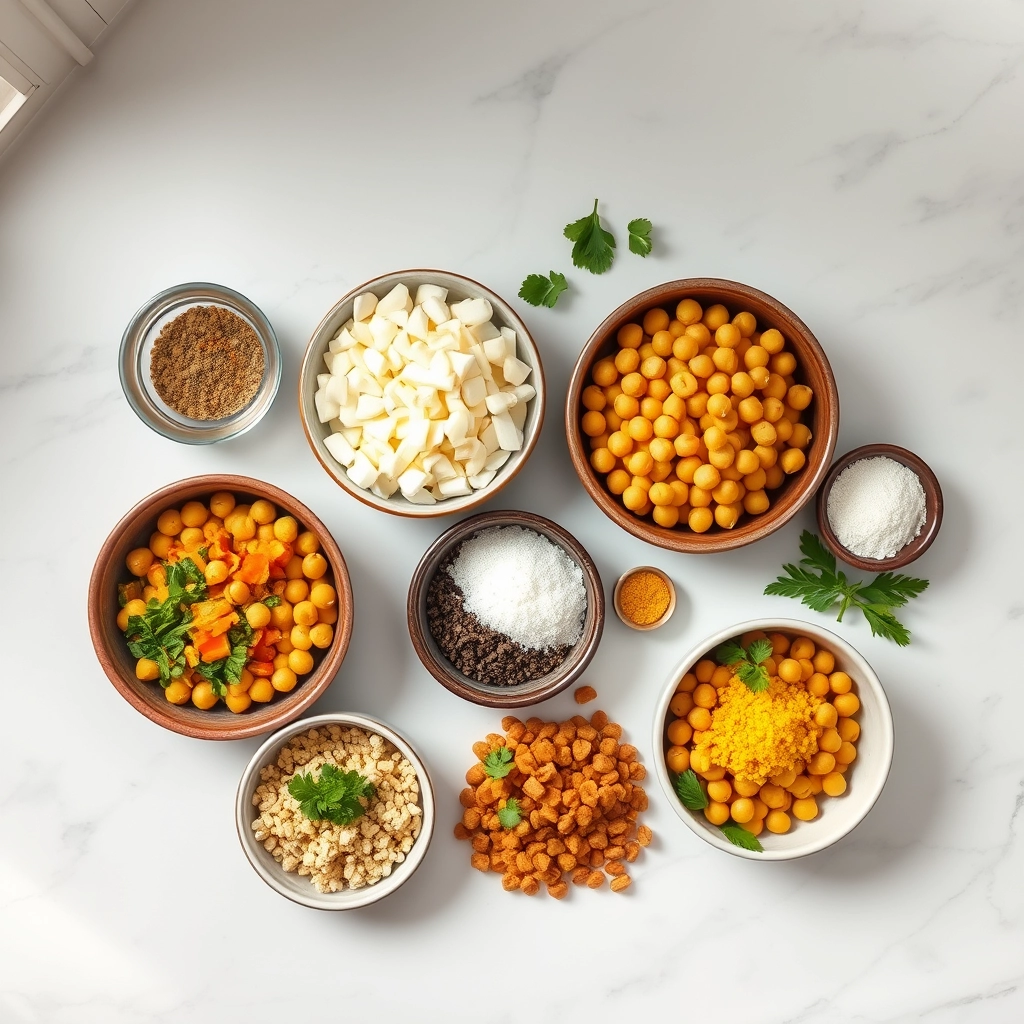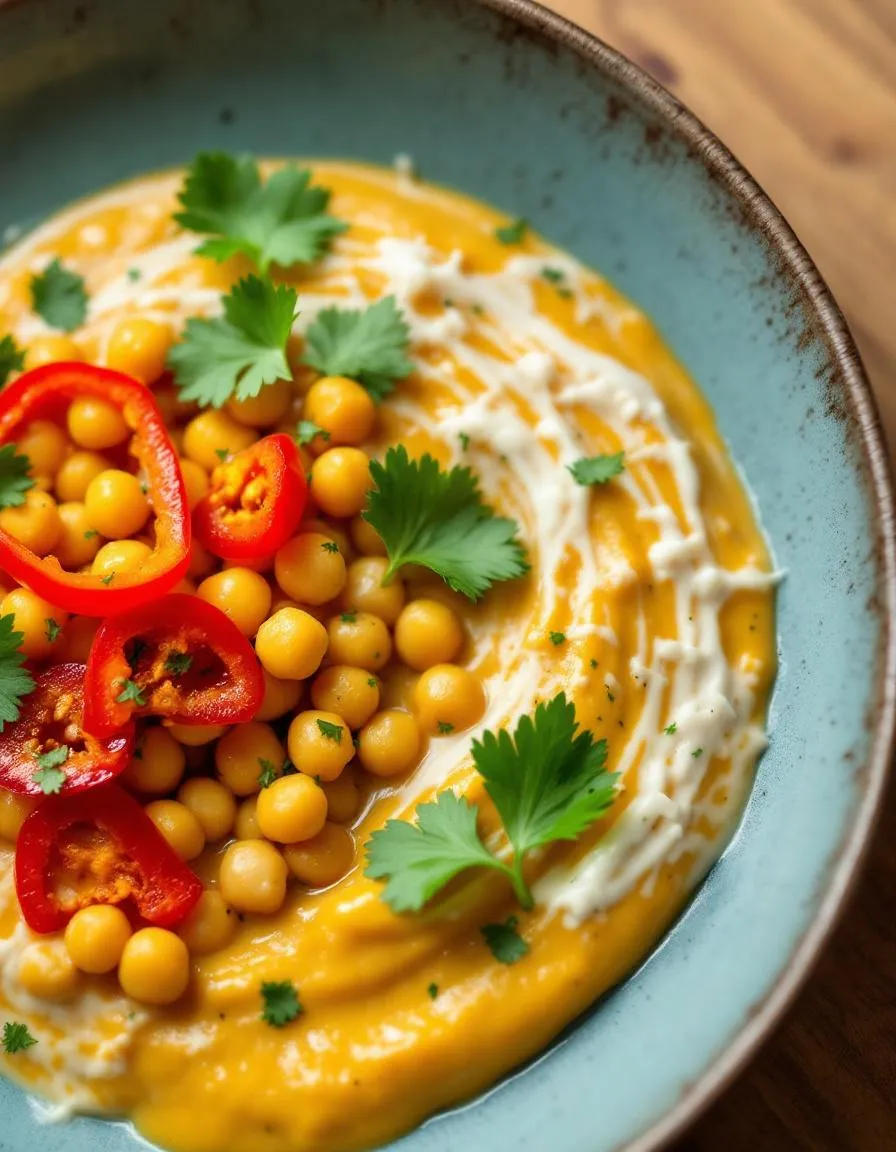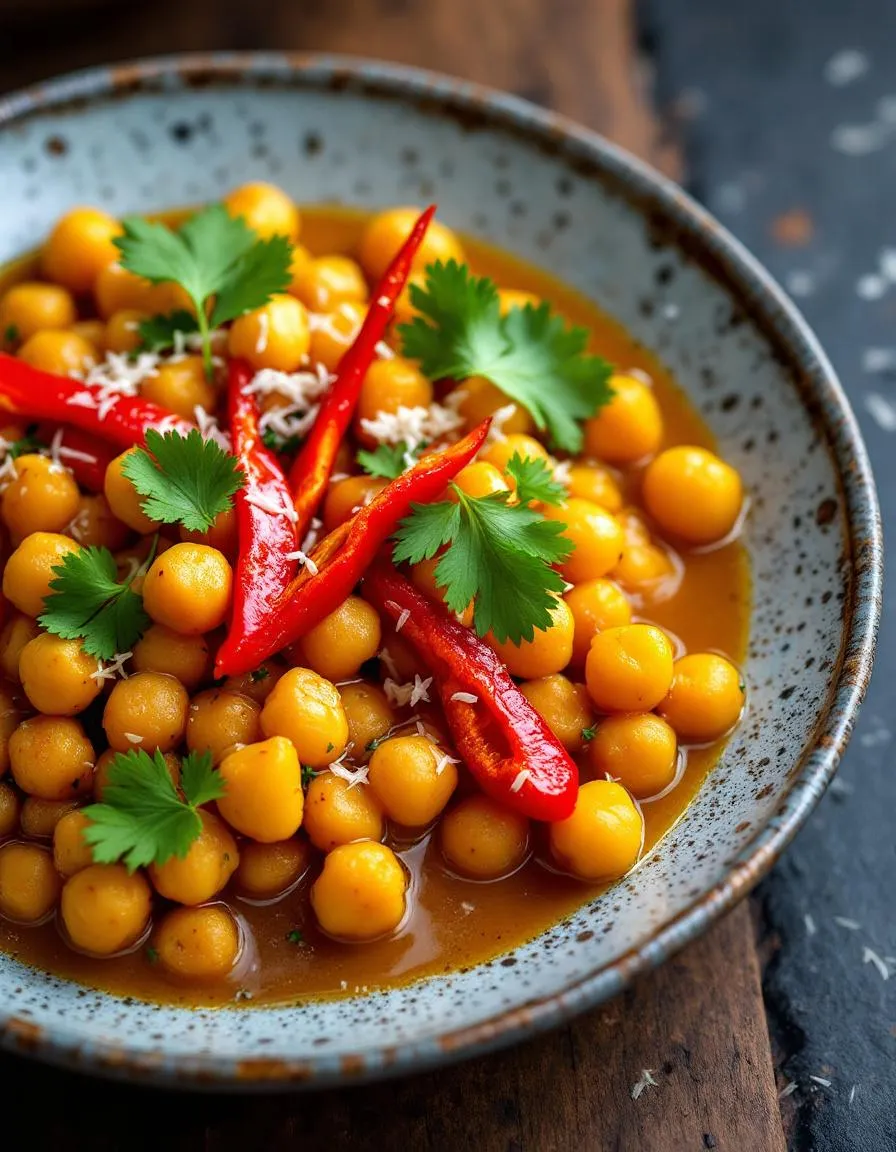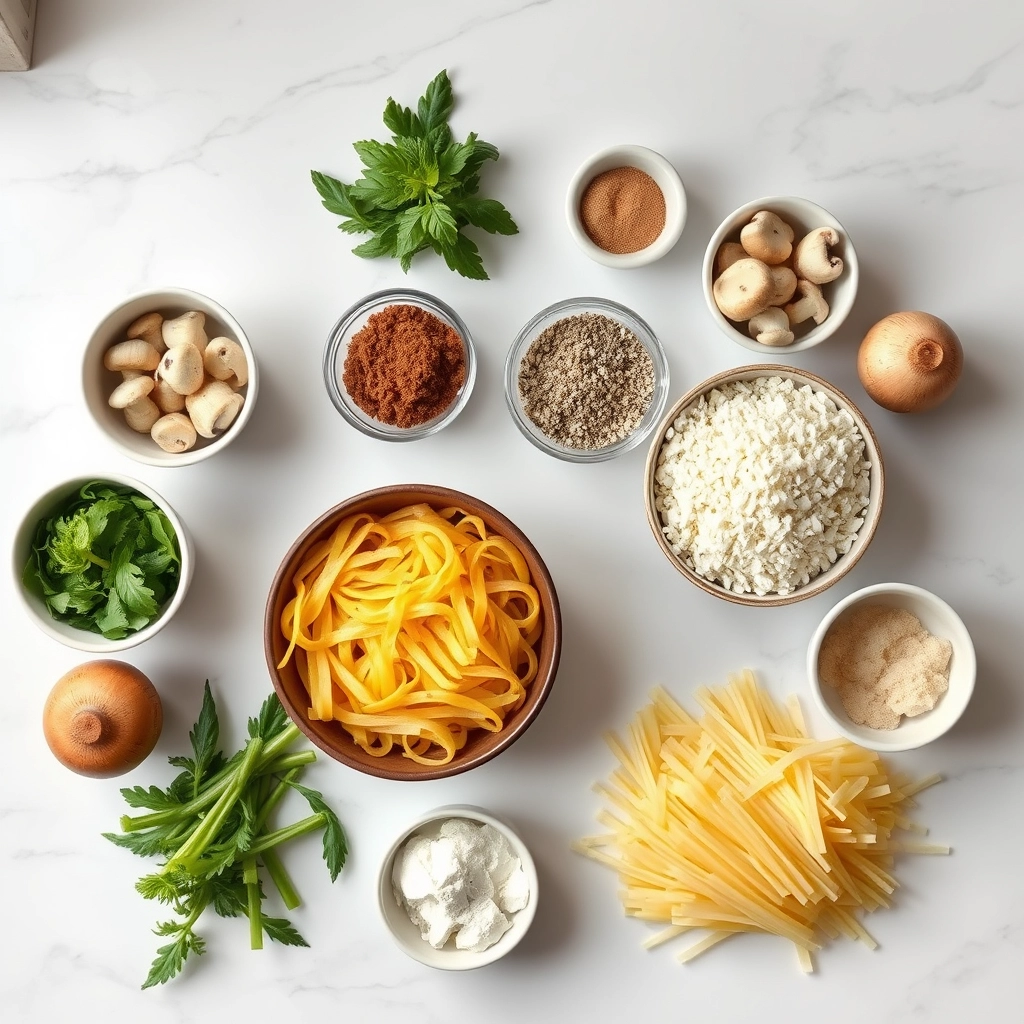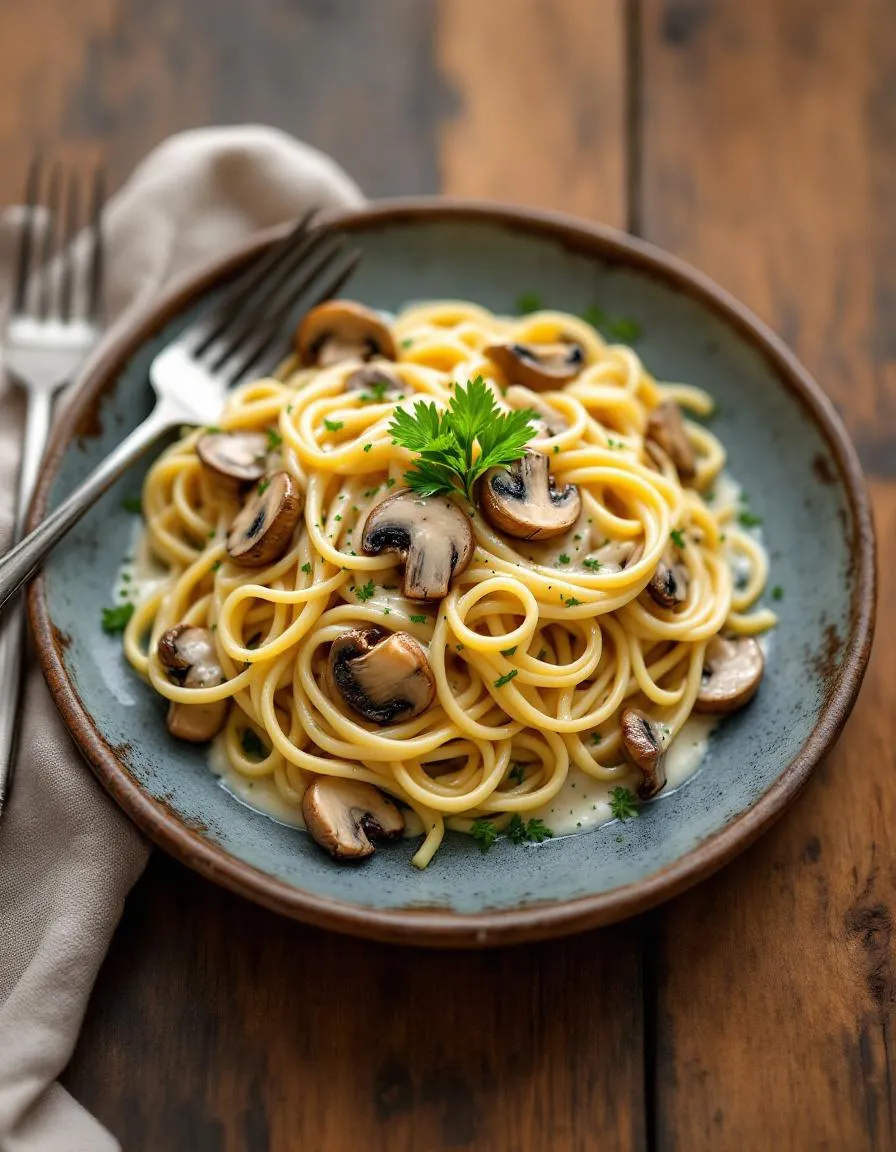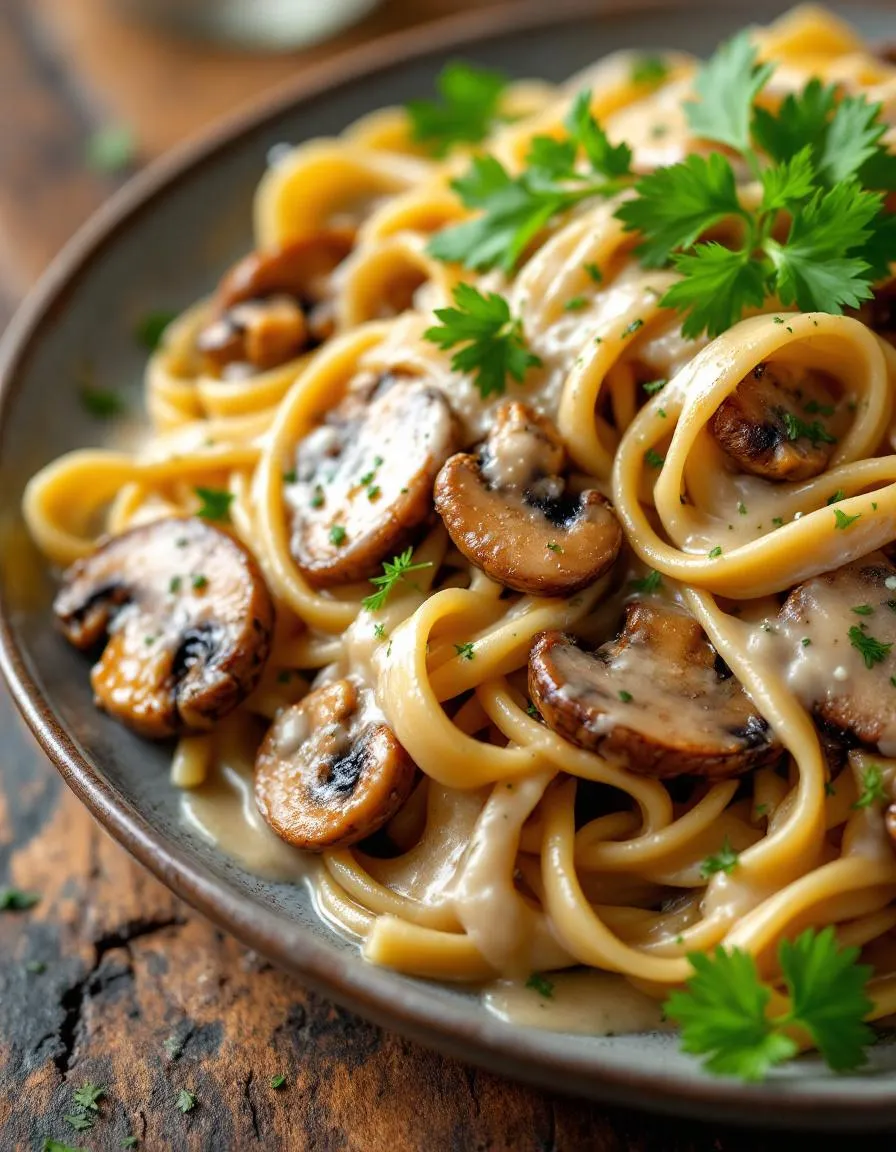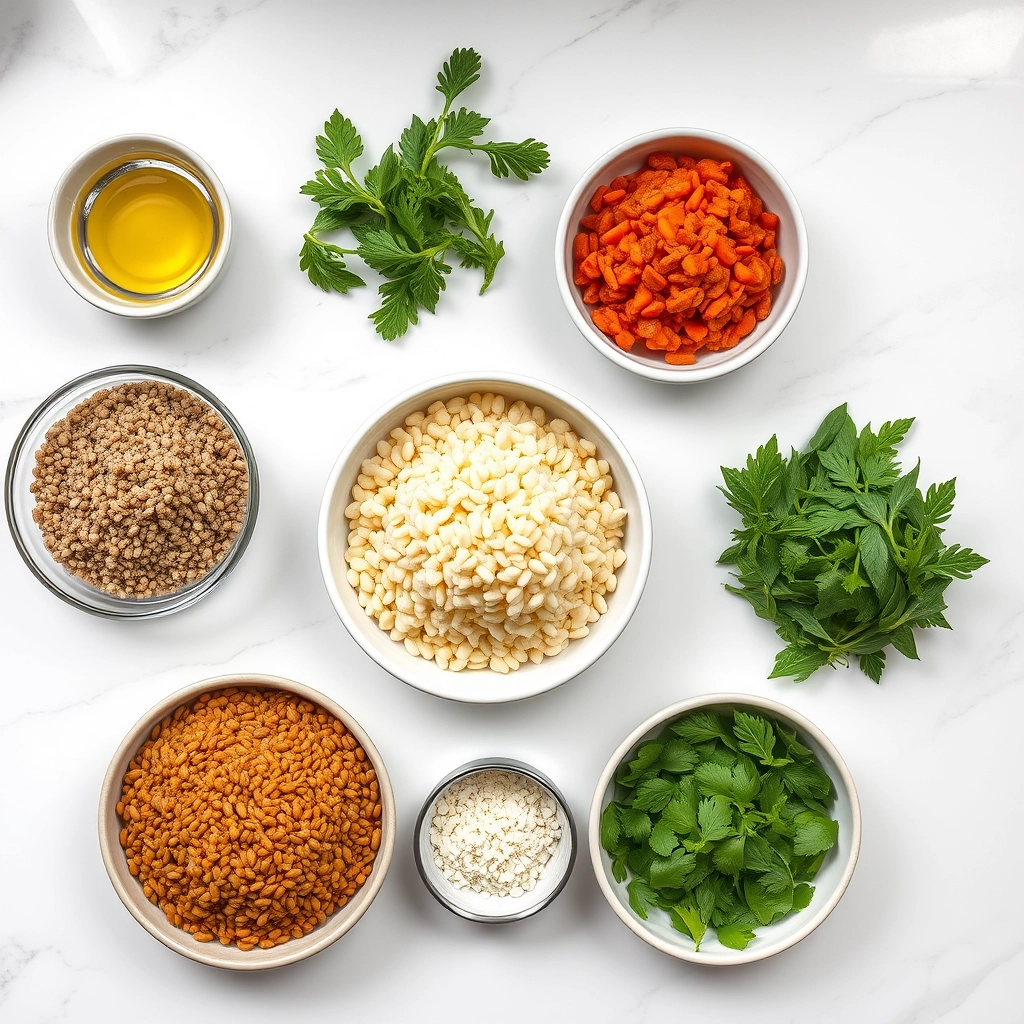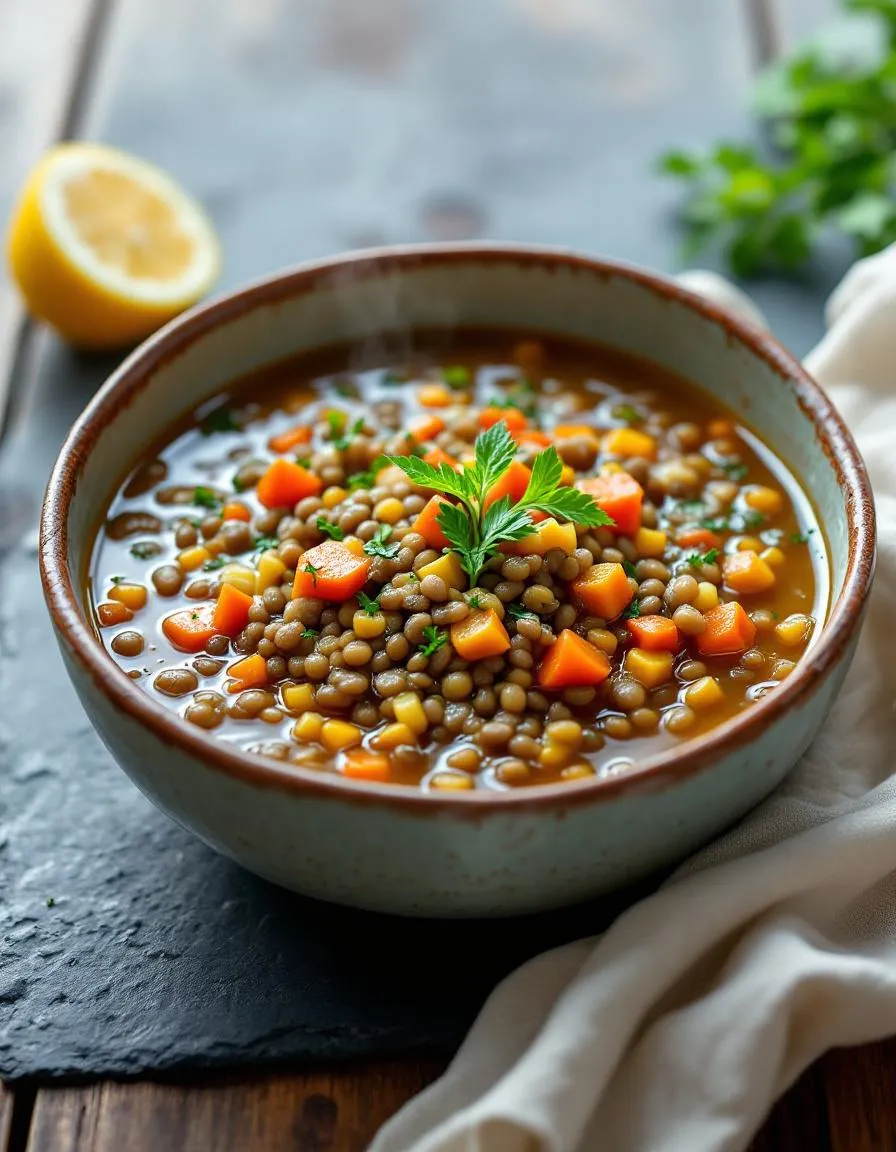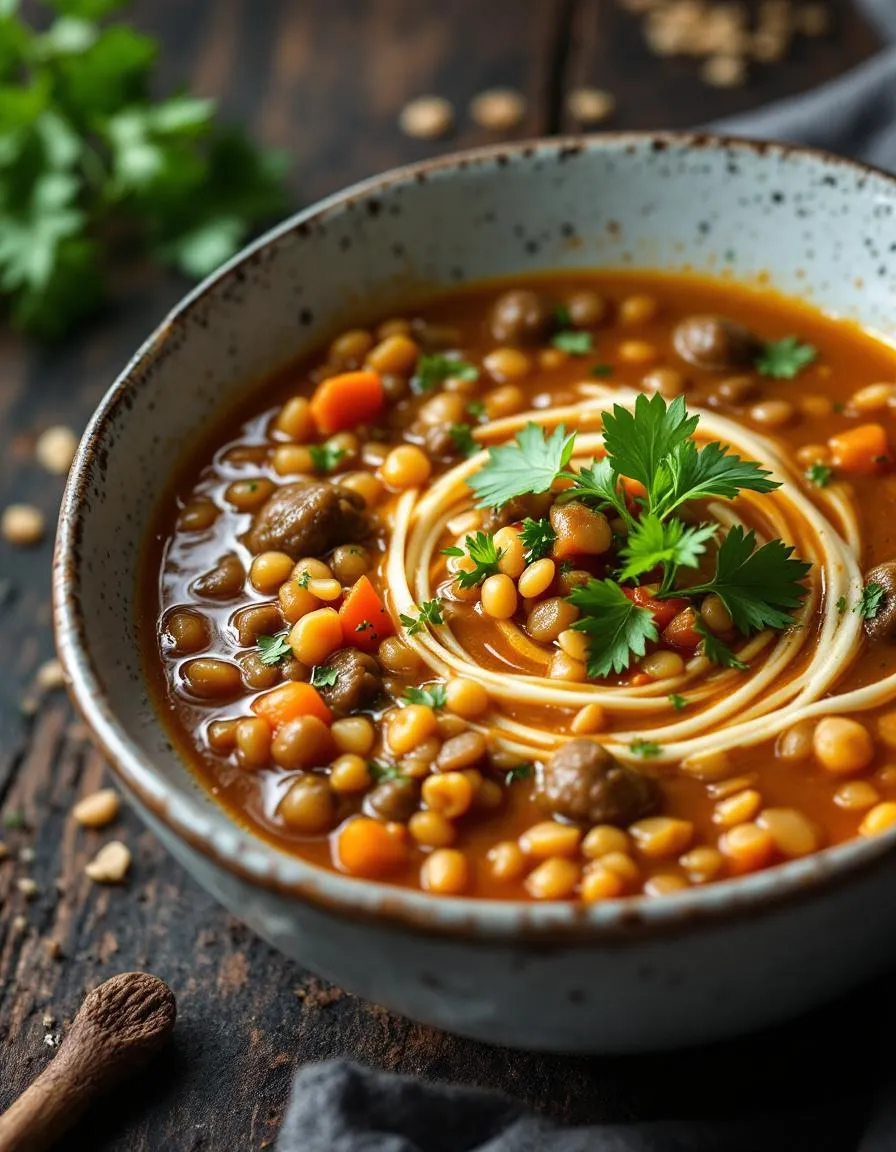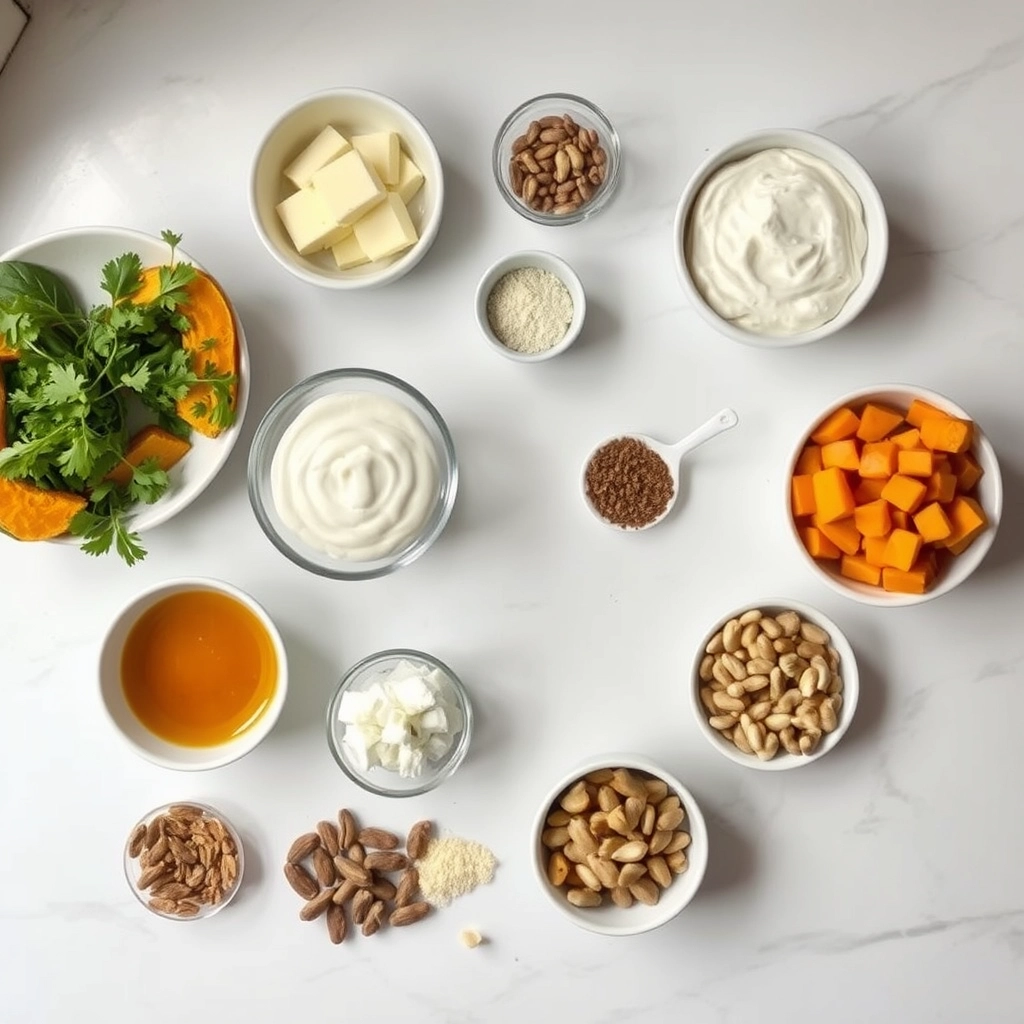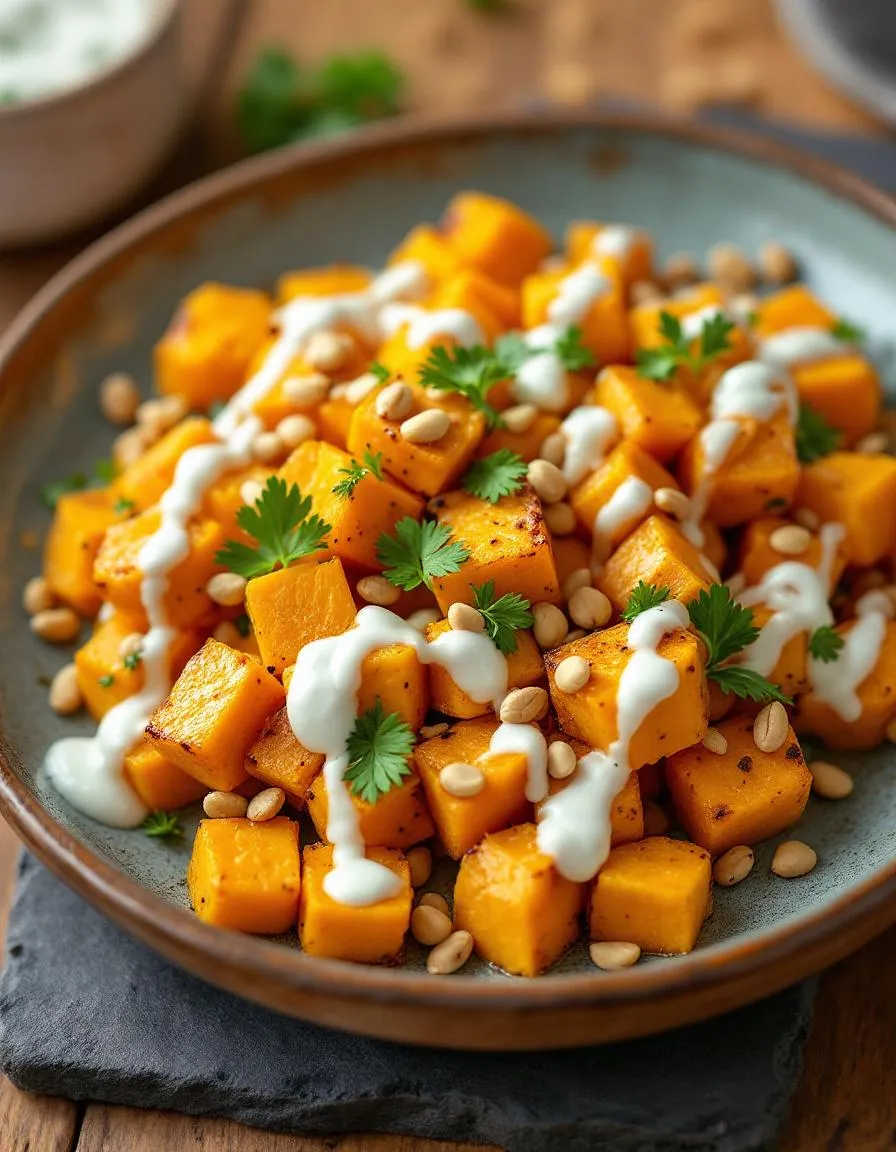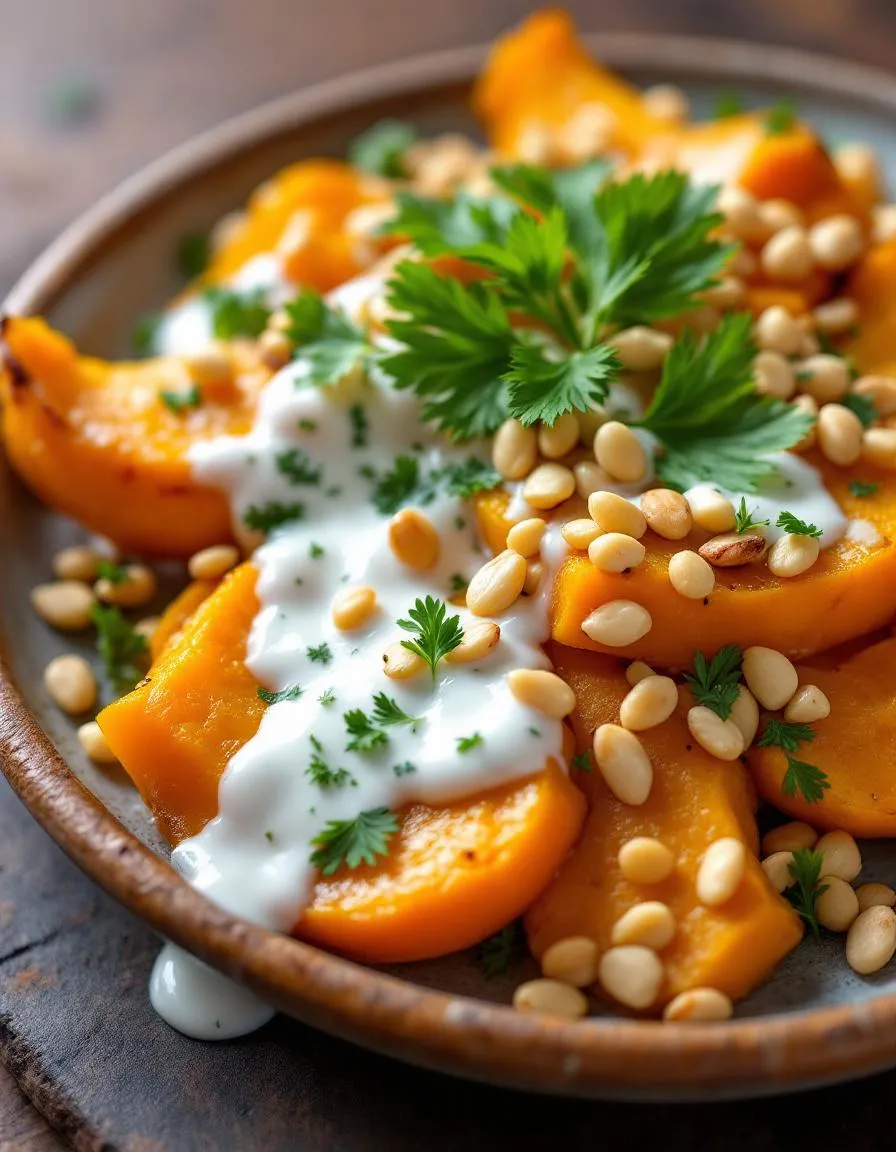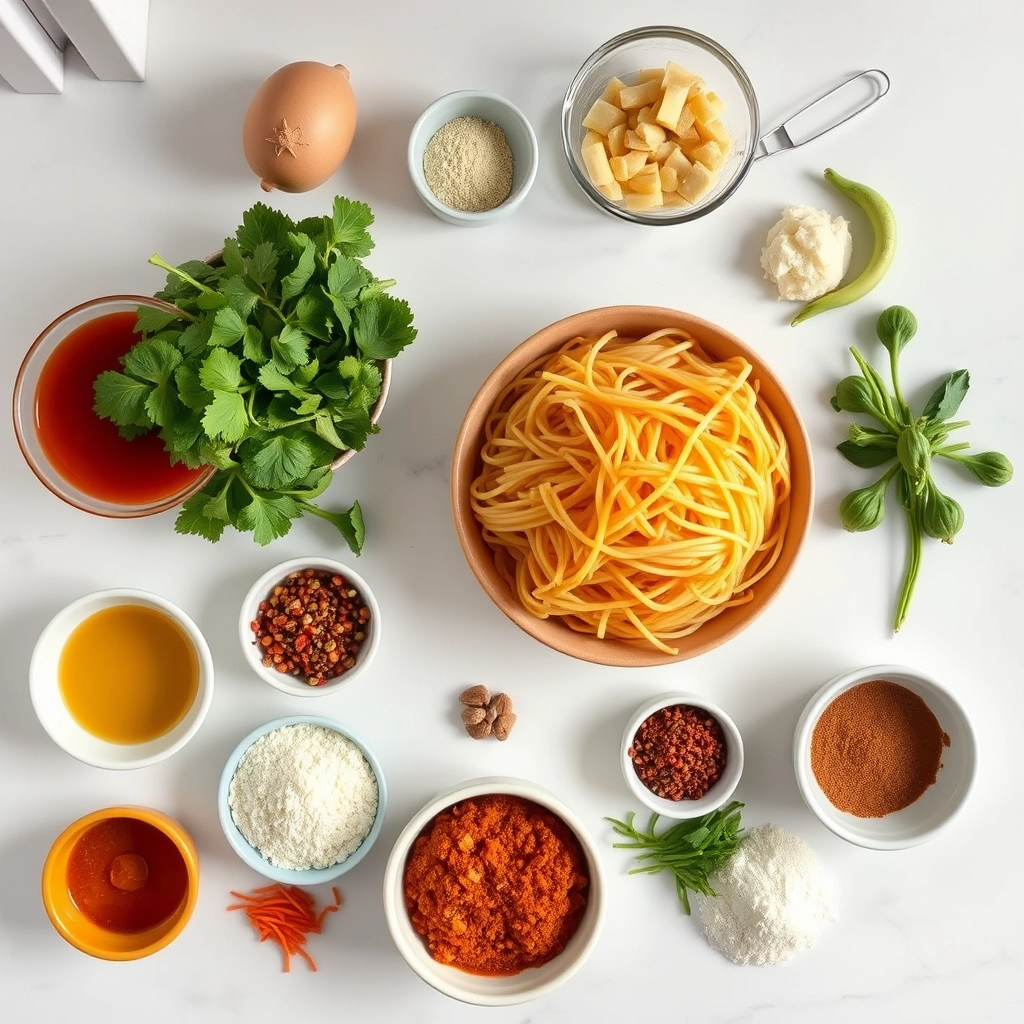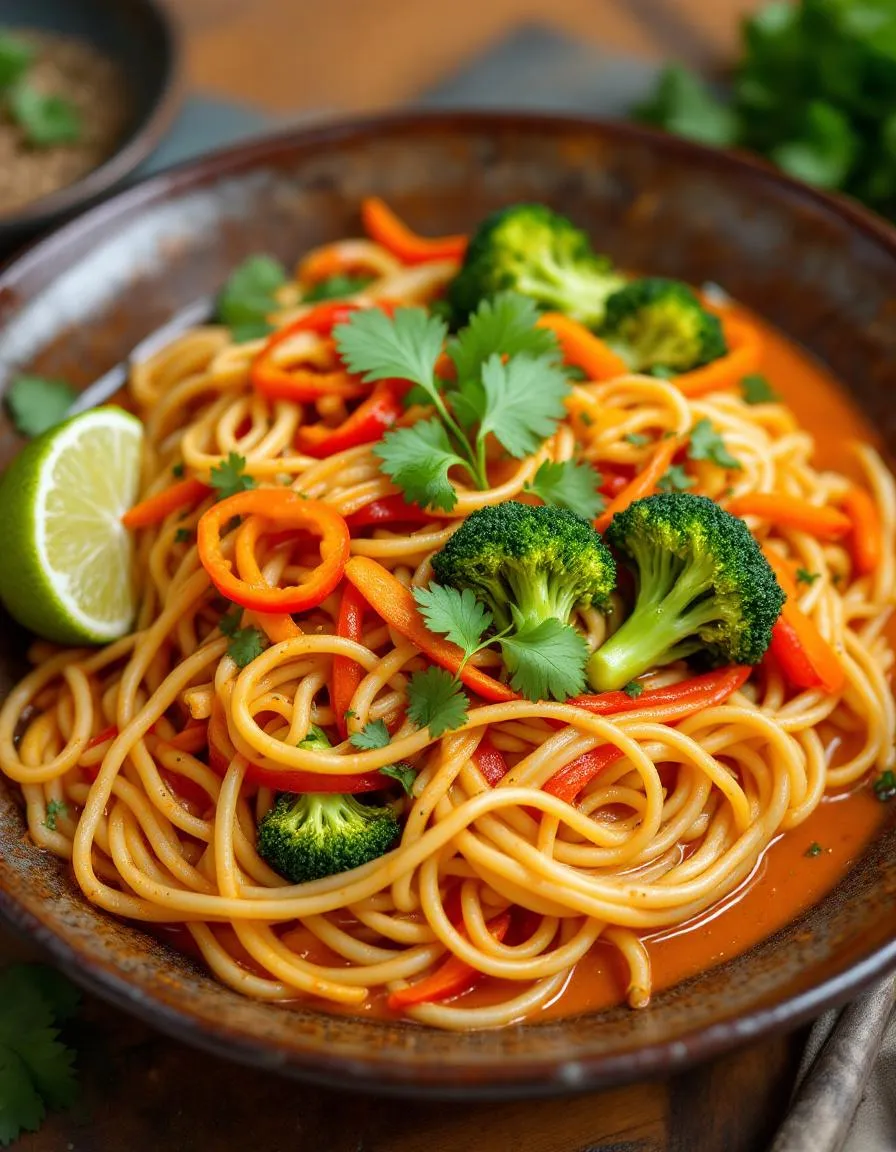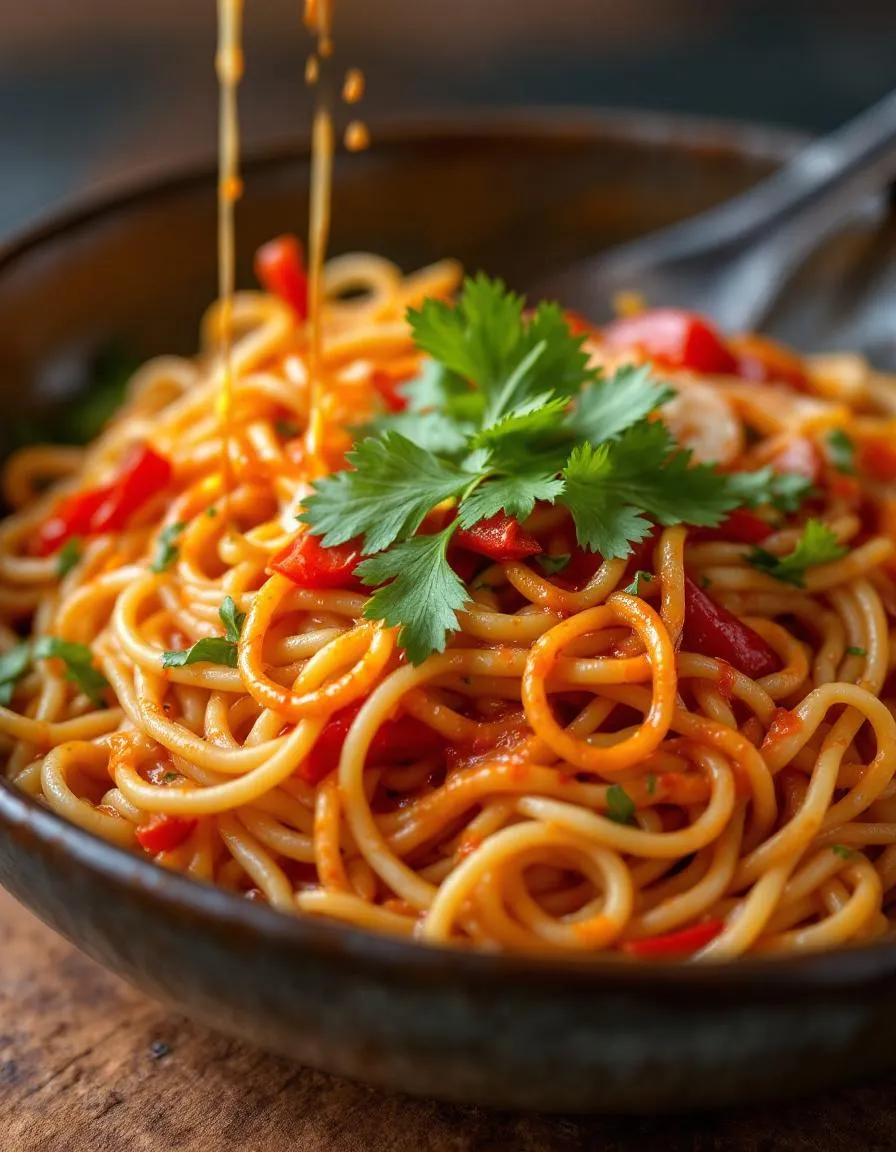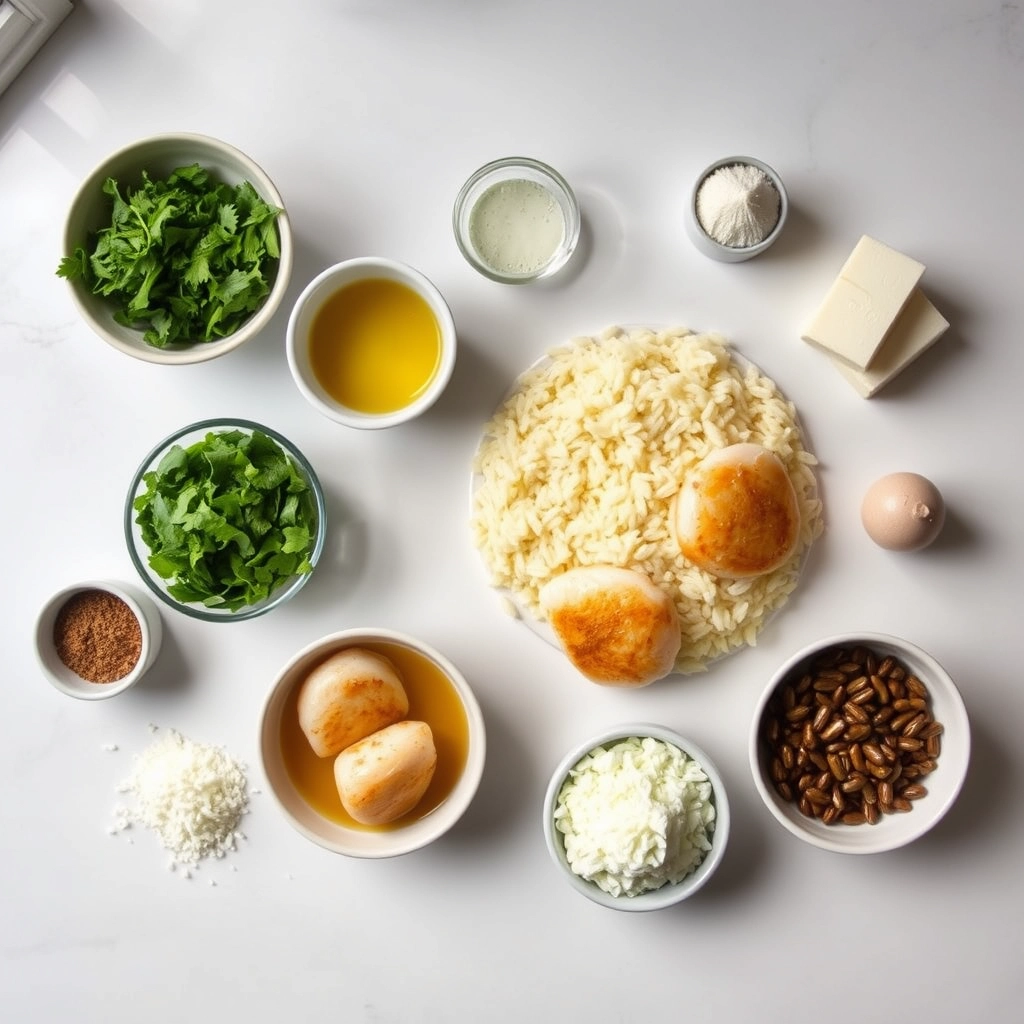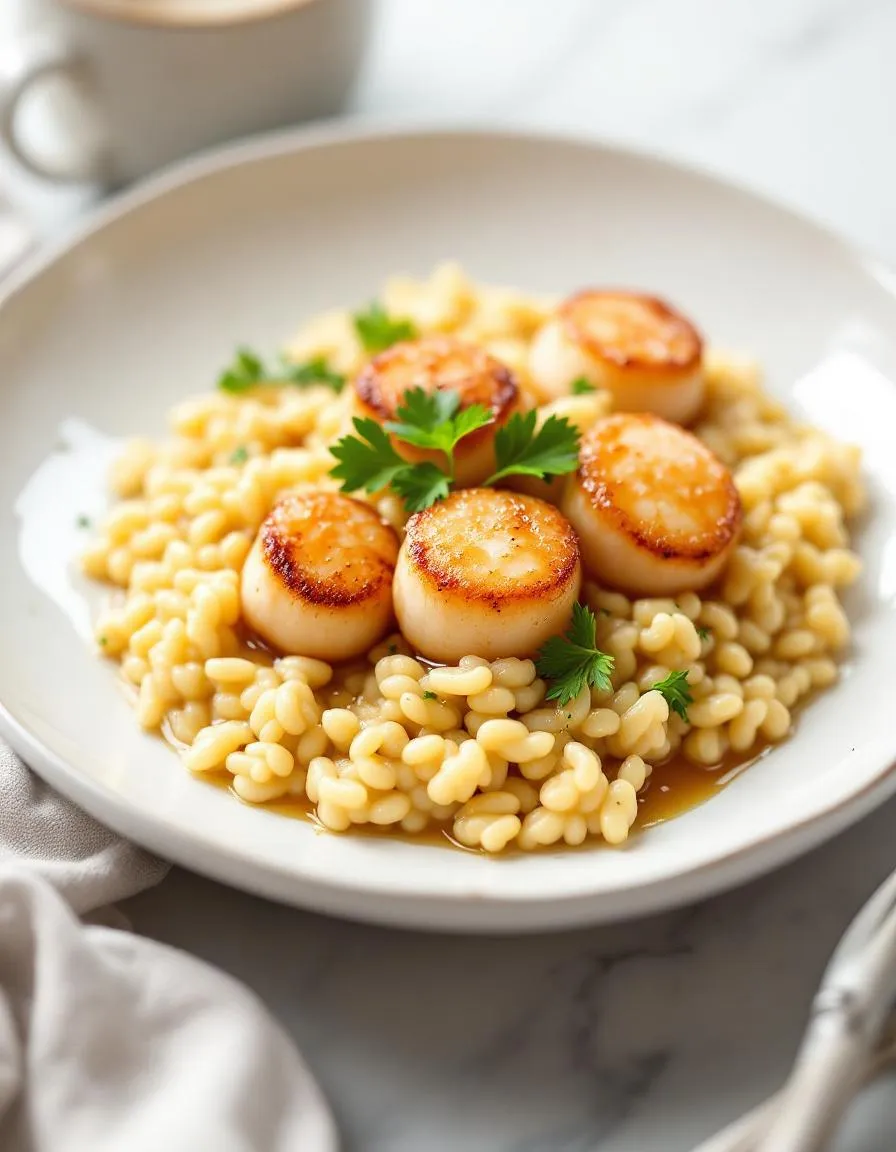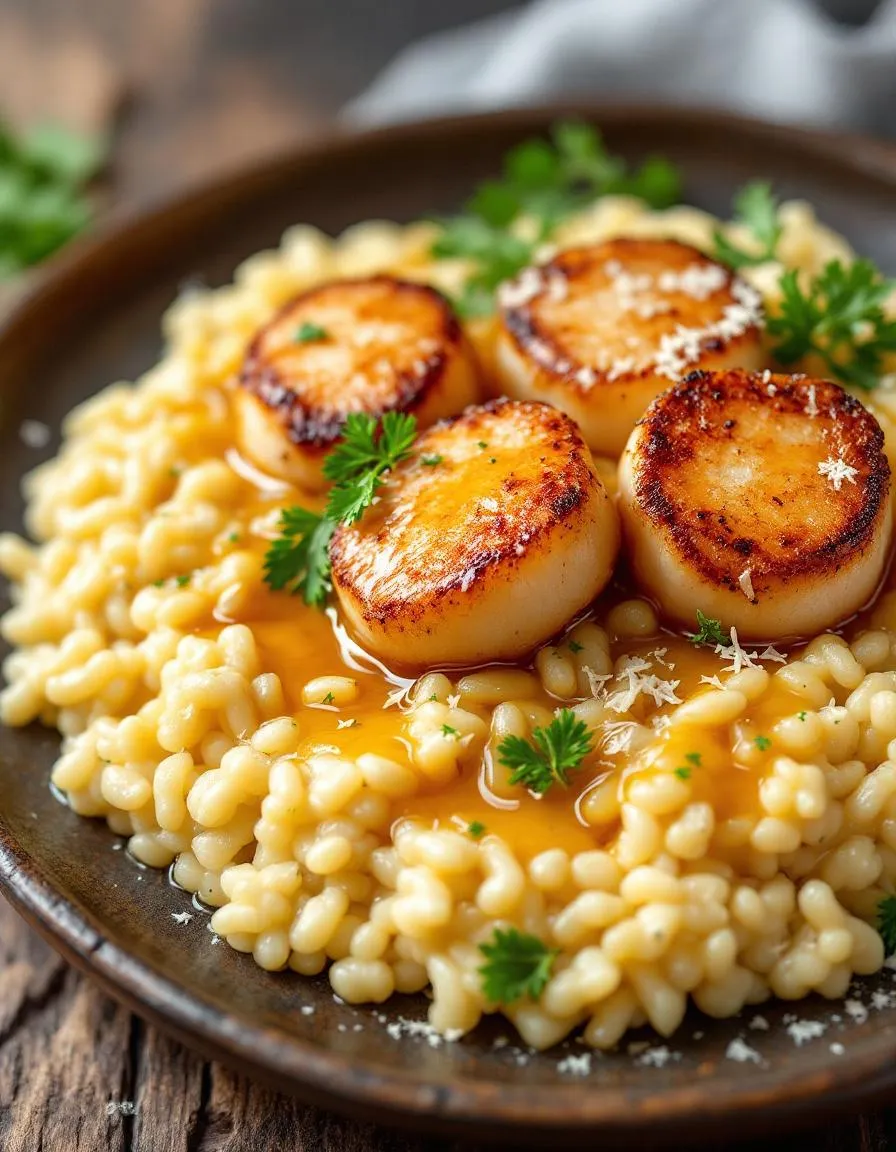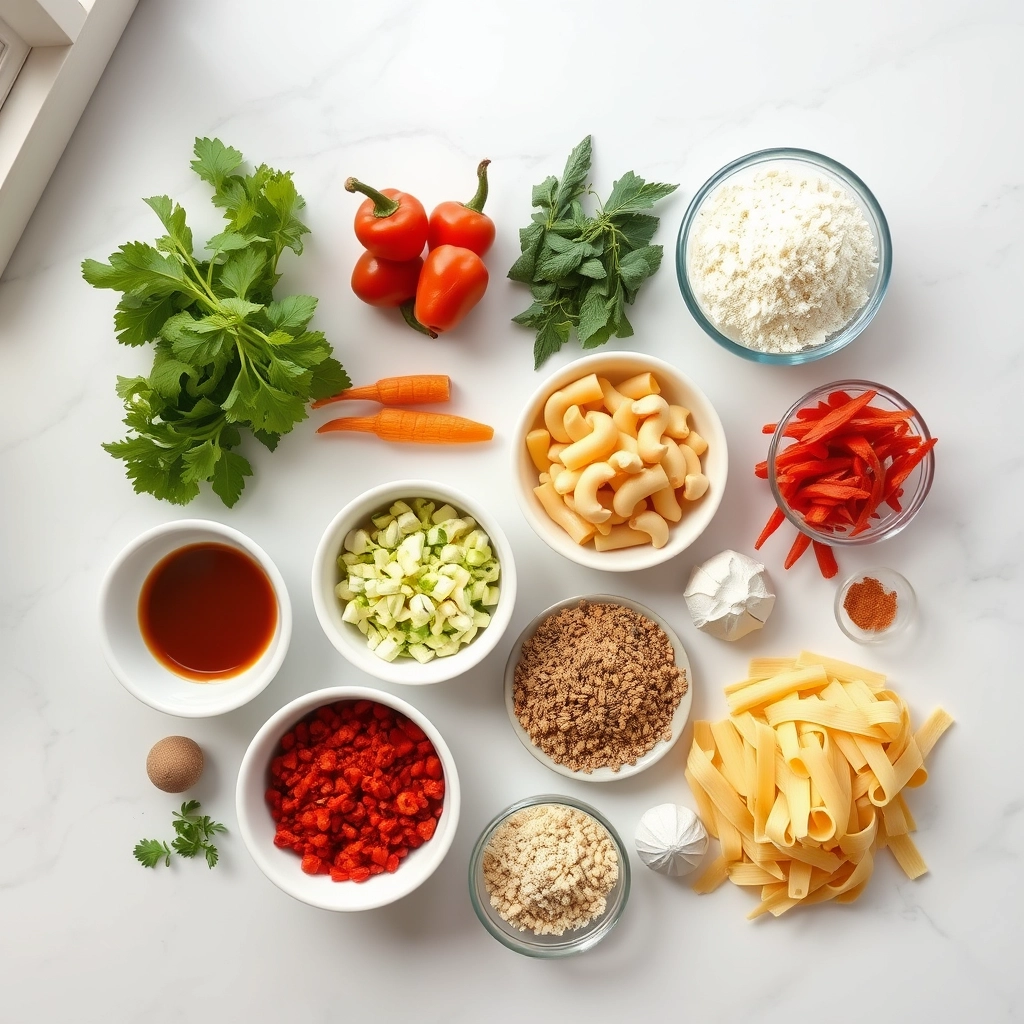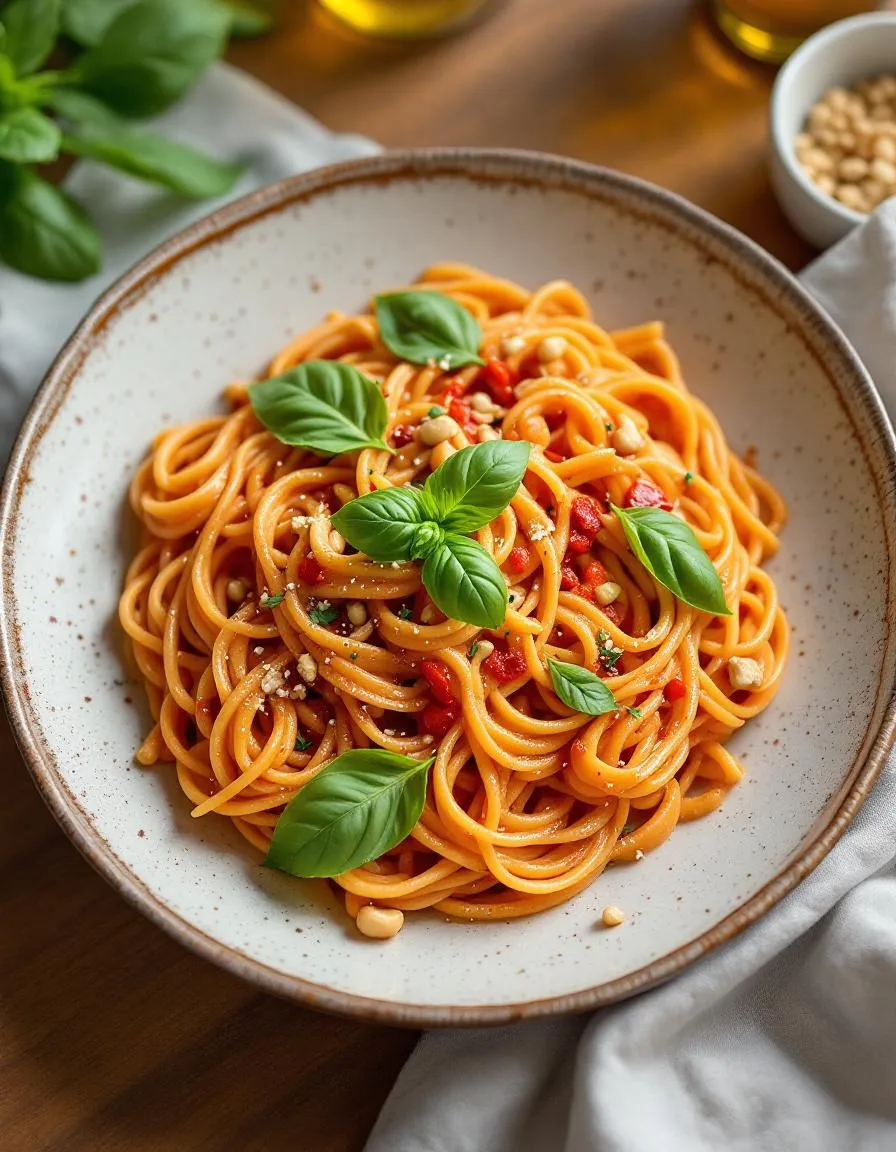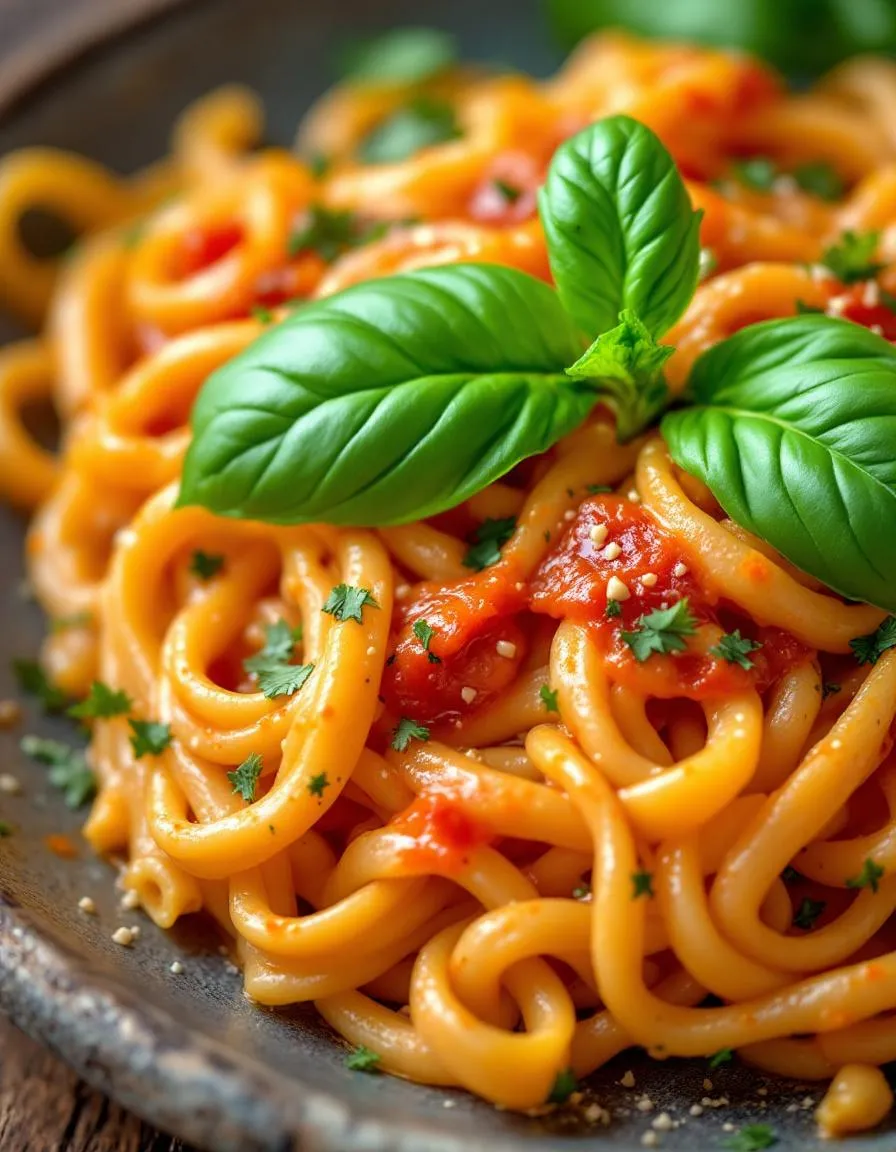Introduction
Hi there! I’m Emily, the heart and soul behind brekcakes.com. From my earliest memories, the kitchen has always been a place of warmth and creativity. It’s where I discovered the magic of turning simple ingredients into extraordinary meals and learned that the best dishes are often made with love as the main ingredient.
There’s something undeniably comforting about a dish that feels both elegant and approachable, and that’s exactly what Chicken Cordon Bleu delivers. Whether you’re cooking for a special occasion or simply craving a meal that feels indulgent yet achievable, this classic recipe never disappoints. With its golden crust, tender chicken, and gooey cheese filling, it’s the kind of dish that brings people together—and trust me, once you try it, you’ll understand why it’s stood the test of time.
Chicken Cordon Bleu might sound fancy, but at its core, it’s a humble yet brilliant combination of flavors and textures. Traditionally, it features a juicy chicken breast stuffed with ham and Swiss cheese, then breaded and baked or fried to crispy perfection. What makes it so special is how effortlessly it elevates weeknight dinners into something memorable. For home cooks who love experimenting with easy dinner recipes, this dish strikes the perfect balance between simplicity and sophistication. Plus, it pairs beautifully with sides like roasted vegetables or a light salad, making it a versatile addition to your repertoire. If you’re new to stuffing and rolling chicken, don’t worry—my step-by-step guide ensures success, even for beginners. And if you’re looking for more inspiration, check out my comfort food favorites for dishes that deliver the same cozy satisfaction.
Why I Love This Recipe
Chicken Cordon Bleu holds a special place in my heart because it was the first “fancy” dish I ever mastered. I remember serving it to my family years ago, nervously watching as they took their first bites—only to see their faces light up with delight. Since then, it’s become my go-to for celebrations and even casual gatherings, because it never fails to impress. There’s a sense of pride that comes with creating something so delicious from scratch, and I love how it reminds me that great food doesn’t have to be complicated to be unforgettable.
Health and Nutrition
Why it’s good for your body
Chicken Cordon Bleu packs a powerful nutritional punch while delivering rich flavor. First, the lean chicken breast provides high-quality protein to support muscle growth and repair. Additionally, the ham adds a savory depth while contributing essential minerals like iron and zinc. Meanwhile, the melted cheese offers calcium for strong bones and a satisfying creaminess.
Because Chicken Cordon Bleu balances protein, fats, and carbs, it keeps you full longer. The dish also contains B vitamins from the chicken and ham, which help convert food into energy. Furthermore, you can easily tweak the recipe to boost its health benefits. For example, using whole-grain breadcrumbs adds fiber, and opting for low-sodium ham reduces excess salt.
Although Chicken Cordon Bleu feels indulgent, it fits well into a nutrient-dense diet when enjoyed in moderation. Pair it with roasted vegetables or a fresh salad for a complete meal. Ultimately, this classic dish proves that comfort food can still nourish your body.
How it fits in a healthy lifestyle
Chicken Cordon Bleu adapts effortlessly to various dietary needs. For a high-protein meal, serve it with quinoa or steamed greens to amplify its muscle-building benefits. If you follow a gluten-free diet, swap traditional breadcrumbs for almond flour or crushed gluten-free crackers.
This dish also works well for meal prep, making it a practical choice for busy weeknights. Bake a batch ahead and pair it with our healthy side dishes for balanced dinners all week. For those watching sodium intake, choose nitrate-free ham and reduced-fat cheese without sacrificing flavor.
Even if you prioritize heart-healthy eating, Chicken Cordon Bleu can fit your plan. Use olive oil instead of butter and load up on fiber-rich sides. Check out our guide to balanced diet tips for more ways to enjoy your favorite meals mindfully. With smart tweaks, this timeless recipe aligns with almost any wellness goal.
PrintChicken Cordon Bleu
Description
A classic dish featuring chicken breasts stuffed with ham and cheese, then breaded and baked to golden perfection.
Ingredients
For the Crust:
- 4 boneless, skinless chicken breasts
- 4 slices Swiss cheese
- 4 slices ham
- 1 cup breadcrumbs
- 1/2 cup all-purpose flour
- 2 eggs, beaten
- 1 tsp salt
- 1/2 tsp black pepper
- 1/2 tsp paprika
- 2 tbsp butter, melted
Instructions
1. Prepare the Crust:
- Preheat oven to 350°F (175°C). Lightly grease a baking dish.
- Pound chicken breasts to 1/4-inch thickness. Season with salt, pepper, and paprika.
- Layer each chicken breast with 1 slice of ham and 1 slice of Swiss cheese. Roll up tightly and secure with toothpicks.
- Dredge each rolled chicken breast in flour, dip in beaten eggs, then coat with breadcrumbs.
- Place in the prepared baking dish and drizzle with melted butter.
- Bake for 30-35 minutes or until golden brown and chicken is cooked through.
Notes
You can customize the seasonings to taste.
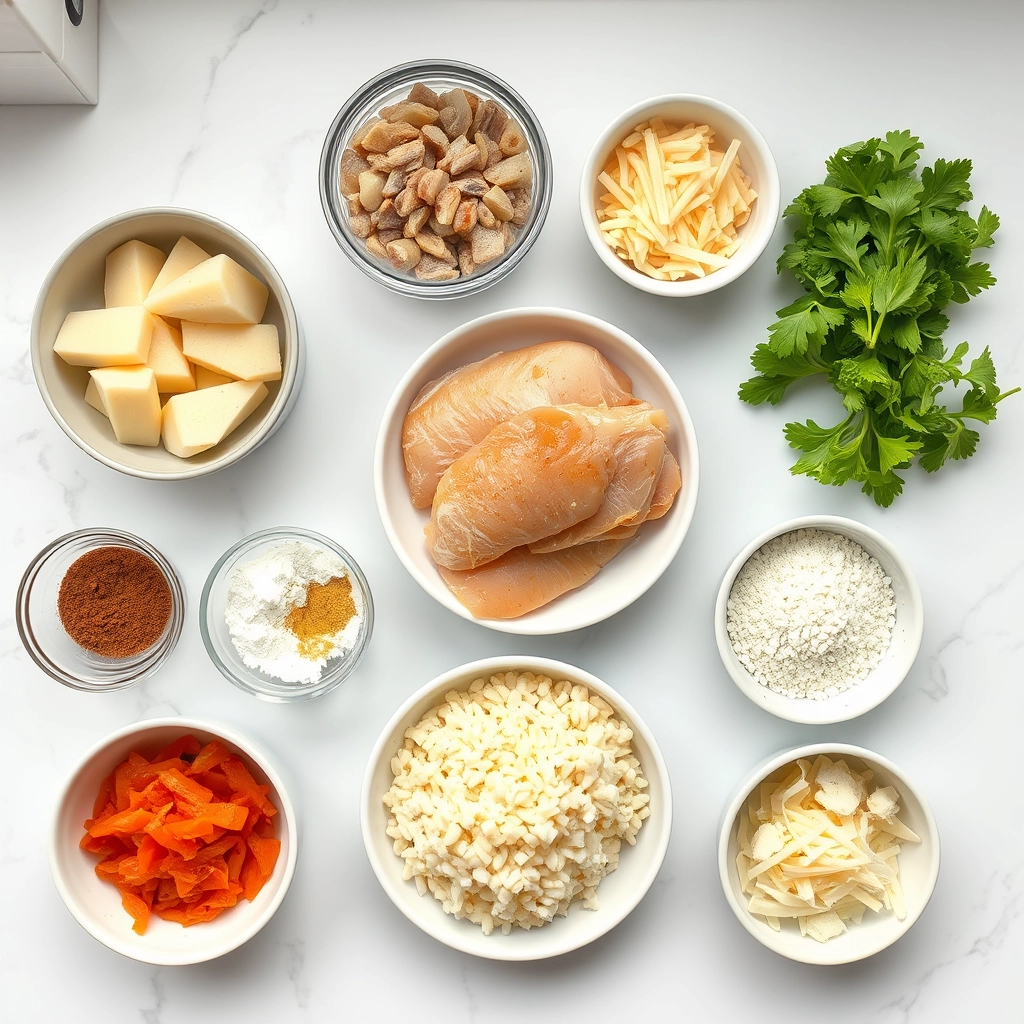
How to Prepare This Dish
Steps and time-saving tips
Start by preheating your oven to 375°F so it’s ready when you finish assembling the Chicken Cordon Bleu. Lay out four chicken breasts and slice each one horizontally, but don’t cut all the way through—you want a pocket for stuffing. Next, layer two slices of ham and one slice of Swiss cheese inside each pocket, then secure the edges with toothpicks to keep everything snug. In one shallow bowl, whisk two eggs with a splash of milk, and in another, mix breadcrumbs with a pinch of garlic powder and paprika for extra flavor. Dip each stuffed chicken breast into the egg mixture first, then coat it evenly with the breadcrumbs. For a golden, crispy crust, drizzle melted butter over the top before baking. Slide the tray into the oven for 25-30 minutes, or until the chicken reaches 165°F. Let the Chicken Cordon Bleu rest for five minutes before serving—this keeps the juices locked in. If you’re short on time, prep the pockets and stuffing the night before, then bread and bake them fresh for dinner.
Mistakes I’ve made and learned from
Early on, I rushed the stuffing step and ended up with cheese leaking everywhere—turns out, sealing the edges tightly with toothpicks is non-negotiable. Another time, I skipped resting the chicken, and the first bite sent hot cheese splattering onto my plate (lesson learned the messy way). Now, I always let my Chicken Cordon Bleu sit for a few minutes, just like I do with my perfect roast chicken. Also, overcooking dried out the breasts, so I rely on a meat thermometer for precision. If you’re new to stuffing meats, my stuffed chicken variations guide has more tips to avoid common pitfalls. Trust me, a little patience pays off with this dish.

Cultural Connection and Variations
Where this recipe comes from
Chicken Cordon Bleu might sound French, but its origins are surprisingly debated. Many credit Switzerland for the dish, where cooks rolled veal around cheese and ham long before chicken became the star. Others argue it evolved from American kitchens in the 1960s, inspired by European flavors. Either way, Chicken Cordon Bleu quickly became a global favorite, adapting to local tastes along the way.
In Germany, chefs often swap Swiss cheese for Emmental and add a creamy mushroom sauce. Meanwhile, in the American South, home cooks might fry the rolled chicken for extra crunch. My grandmother added a pinch of nutmeg to her filling, claiming it “warmed the soul.” Whether you bake, fry, or air-fry Chicken Cordon Bleu, the combination of tender chicken, melty cheese, and salty ham always feels like a celebration.
How it fits in today’s cooking
Today, Chicken Cordon Bleu bridges fancy dinners and weeknight meals effortlessly. Busy parents love meal-prep versions they can freeze and bake later, while food bloggers reinvent it with keto-friendly almond flour crusts. During holidays, it’s a showstopper centerpiece—especially when paired with festive sides like roasted Brussels sprouts.
Modern twists keep it fresh too. Some use turkey or plant-based chicken, while others stuff it with pesto or sun-dried tomatoes. Yet the classic Chicken Cordon Bleu remains timeless, proving that comfort food only gets better with age. Whether you’re cooking for one or hosting a crowd, this dish always delivers nostalgia and flavor in every bite.
Taste and Texture
What makes it delicious
Chicken Cordon Bleu delivers a symphony of textures and flavors in every bite. The golden, crispy exterior gives way to tender, juicy chicken, while the melted Swiss cheese oozes luxuriously with each slice. Meanwhile, the salty, smoky ham adds a savory depth that balances the creamy richness. A hint of Dijon mustard or a buttery breadcrumb crust can elevate the dish with a subtle tang or satisfying crunch. The aroma alone—fragrant herbs mingling with toasted cheese—will have everyone gathering around the table before the first forkful. Whether baked or pan-fried, Chicken Cordon Bleu remains a timeless favorite because of its irresistible contrast of crisp, gooey, and succulent layers.
Boosting the flavor
For an extra flavor punch, try swapping Swiss cheese for Gruyère or adding a sprinkle of smoked paprika to the breading. A drizzle of honey mustard sauce or a spoonful of garlic herb butter right after baking amps up the indulgence. Alternatively, layer prosciutto instead of standard ham for a more delicate, nuanced saltiness. Fresh thyme or a pinch of nutmeg in the cheese filling can also add warmth without overpowering the dish. Remember, Chicken Cordon Bleu shines when you play with bold yet balanced enhancements.

Tips for Success
Best practices for results
Always pound the chicken breasts evenly to ensure they cook uniformly in your Chicken Cordon Bleu. Additionally, chill the stuffed rolls for 20 minutes before breading to help them hold their shape. Use toothpicks to secure the edges, and opt for high-quality Swiss cheese and ham for the best flavor. Finally, bake on a wire rack for even crispiness and golden perfection.
Mistakes to avoid
Avoid overstuffing the chicken, as this can cause the filling to leak during cooking. Instead, stick to a thin layer of ham and cheese for a balanced bite. Also, don’t skip the egg wash when breading—it ensures the coating adheres properly. For more on perfecting breaded dishes, check out our guide on crispy frying techniques. Lastly, always let your Chicken Cordon Bleu rest for 5 minutes before slicing; cutting too soon releases juices and dries out the meat. Learn more about resting meats in our essential resting tips.
Serving and Pairing Suggestions
How to serve this dish
Elevate your Chicken Cordon Bleu by serving it on a warm platter with a drizzle of creamy sauce for a restaurant-worthy touch. For special occasions, garnish with fresh parsley or thyme sprigs to add a pop of color. Meanwhile, slice it diagonally to showcase the cheesy ham filling, making it irresistible for holiday dinners or Sunday brunch. If you want to impress guests, pair each portion with a lemon wedge for a bright, tangy contrast.
What goes well with it
Complement your Chicken Cordon Bleu with a crisp green salad tossed in a light vinaigrette, balancing the dish’s richness. Alternatively, roasted garlic mashed potatoes add comforting warmth, especially when topped with extra cheese. For drinks, try a buttery Chardonnay or a sparkling apple cider—both enhance the savory flavors. If you’re craving more cheesy goodness, our creamy macaroni and cheese makes a decadent side. Finish the meal with a refreshing lemon bar for a sweet-tart finale.

Chicken Cordon Bleu is a classic dish made with chicken breast stuffed with ham and Swiss cheese, then breaded and pan-fried or baked. The name “Cordon Bleu” comes from French, meaning “blue ribbon,” reflecting its gourmet status. It’s often served with a creamy sauce or paired with sides like mashed potatoes.
Dry Chicken Cordon Bleu usually results from overcooking the chicken or using thin cuts that cook too quickly. To keep it juicy, pound the chicken evenly, avoid overstuffing, and bake at 375°F until the internal temperature reaches 165°F. Letting it rest for 5 minutes before slicing also helps retain moisture.
Yes! You can assemble Chicken Cordon Bleu up to a day in advance, refrigerate it, and bake it when ready. For longer storage, freeze the unbreaded stuffed chicken for up to 3 months. Just add breading before cooking to maintain crispiness.
A creamy Dijon or mushroom sauce pairs perfectly with Chicken Cordon Bleu, enhancing its rich flavors. For a lighter option, try a lemon-butter sauce or a simple hollandaise. The sauce adds moisture and complements the ham and cheese filling.


